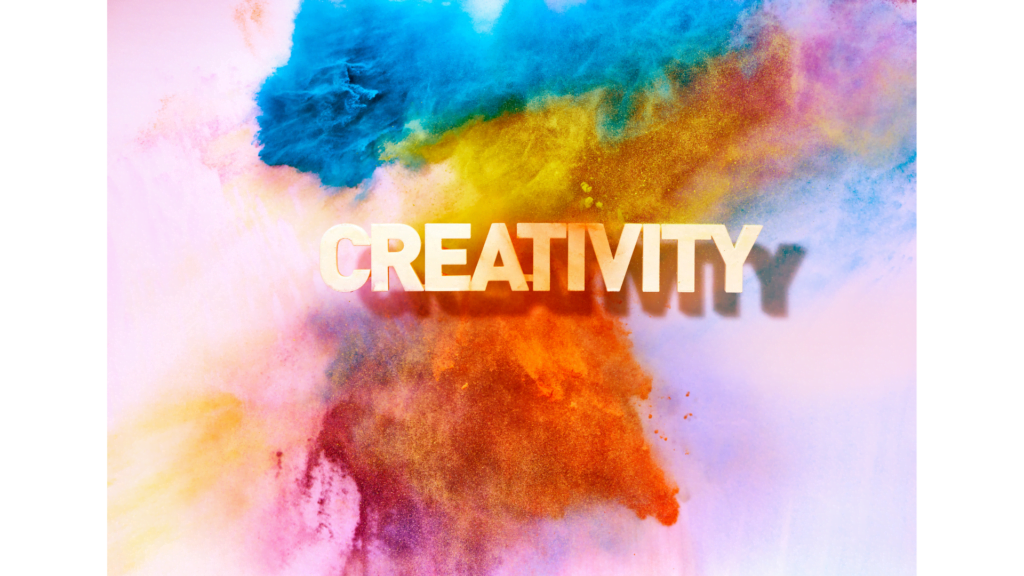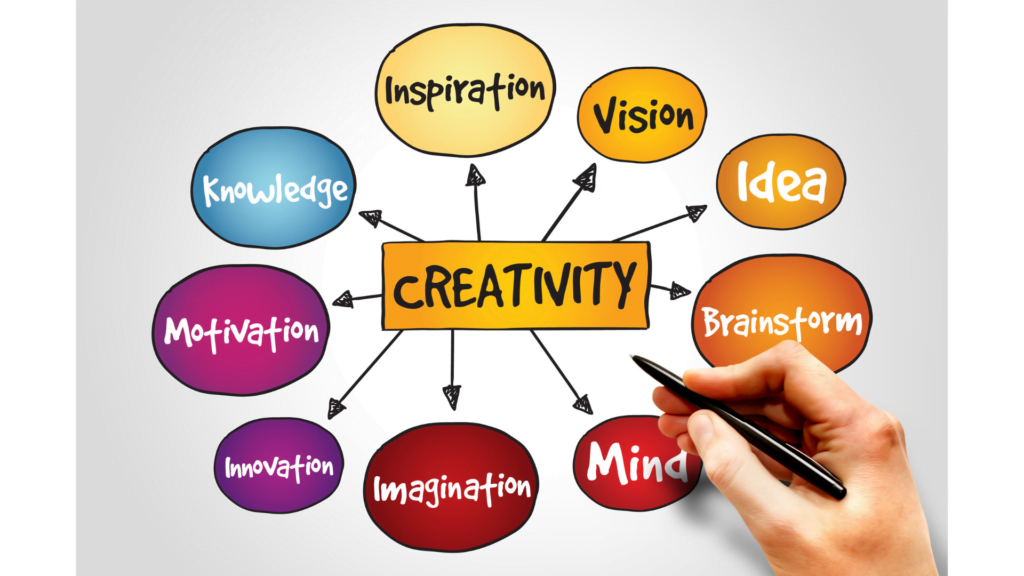Cultivating Creativity: Nurturing the Imagination of Students

In the dynamic landscape of education and the GenZ environment, fostering creativity is a cornerstone of preparing students for the challenges of the future. Beyond textbook learning, encouraging students to unleash their creativity cultivates critical thinking, problem-solving skills, and innovation. This blog explores effective strategies for educators and parents to inspire and nurture the creative potential of students, creating a learning environment where imagination flourishes.

Embrace a Supportive Atmosphere: Encouraging Expression Without Judgment:
Creating a supportive atmosphere is fundamental to fostering student creativity. Encourage an environment where students feel comfortable expressing their ideas without fear of judgment. Establish a classroom/household culture that values diverse perspectives and embraces mistakes as part of the learning process. When students feel safe to share their thoughts and explore unconventional ideas, they are more likely to engage in creative thinking and problem-solving.

Provide Open-Ended Challenges: Stimulating Curiosity and Exploration:
Open-ended challenges are catalysts for creativity. Design assignments and projects that allow room for interpretation, exploration, and diverse solutions. By presenting challenges without rigid constraints, students are prompted to think critically, experiment with ideas, and find innovative approaches. Open-ended tasks stimulate curiosity, encouraging students to delve deeper into subjects and apply creative thinking to find unique solutions.

Integrate Arts and Sciences: Bridging Disciplines for Holistic Creativity:
Creativity knows no boundaries, and integrating arts with sciences provides a holistic approach to nurturing imagination. Encourage cross-disciplinary projects that blend creativity with analytical thinking. For example, combining literature and technology or art and mathematics not only enhances students’ understanding of subjects but also fosters a well-rounded approach to problem-solving. This integration sparks creativity by connecting seemingly disparate fields of knowledge.

Encourage Collaboration and Diverse Perspectives: Fostering a Creative Community:
Collaboration is a powerful driver of creativity. Create opportunities for students to collaborate on projects, share ideas, and leverage diverse perspectives. Working with peers exposes students to a variety of approaches and solutions, broadening their creative horizons. Encourage teamwork and celebrate the collective success of the group. A collaborative environment not only stimulates creativity but also prepares students for the collaborative nature of many real-world creative endeavours.

In the journey of education, nurturing student creativity is not just a pedagogical choice; it’s an investment in the future. By embracing a supportive atmosphere, providing open-ended challenges, integrating disciplines, and encouraging collaboration, educators can empower students to become creative thinkers and innovators, ready to navigate the complexities of the evolving world. You can also checkout our website for interactive worksheets and online courses to foster individual as well as group activities among the students.
